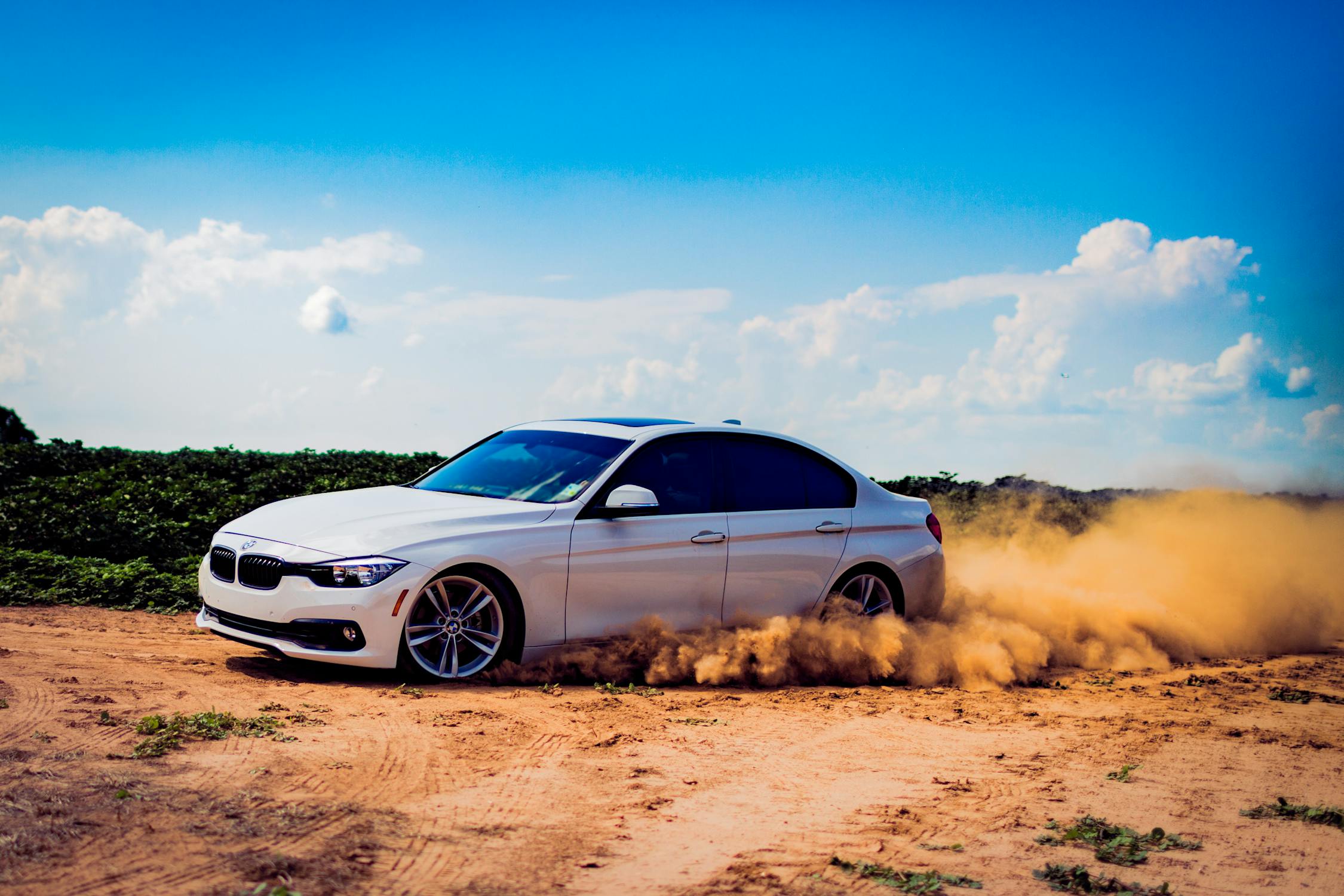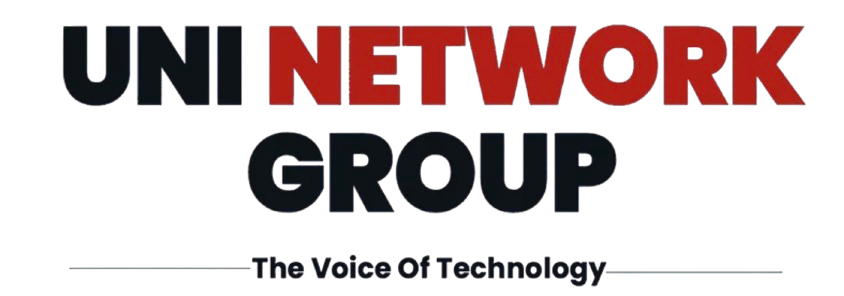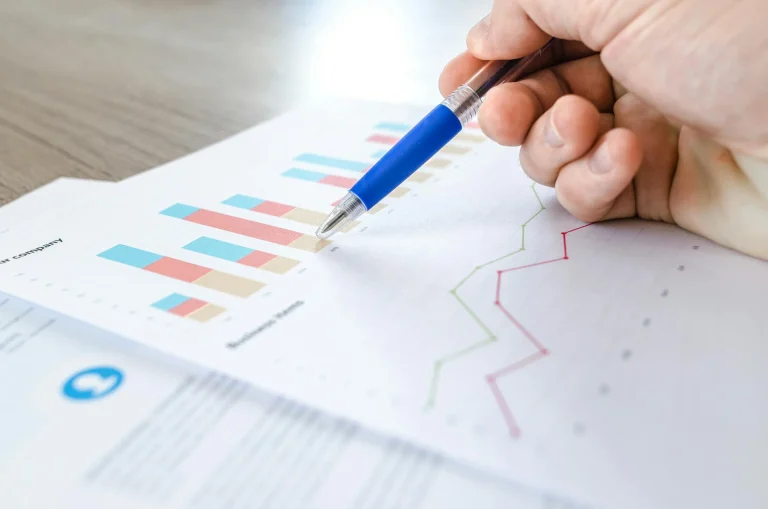However, the 2025 spring bounce has been anything but typical. Fueled by a sudden surge in demand triggered by new tariffs, vehicle prices soared to unprecedented levels, turning this usual seasonal increase into an extended and intense market jump.
What Sparked the Surge?
The unexpected price spike began in early April and continued steadily throughout the month, defying the traditional mid-April peak followed by a slowdown. Jeremy Robb, Senior Director of Economic and Industry Insights at Cox Automotive, noted, “We expected to see strong price appreciation in response to the tariffs, and that’s exactly what happened.” The Manheim Used Vehicle Value Index reached 208.2 in April—the highest in 18 months—reflecting a 4.9% increase year-over-year and a 2.7% rise from March after adjustments for vehicle mix, mileage, and seasonality.
Surprisingly, prices continued to climb week after week, although the rate of increase slightly tapered with each passing week. This persistent upward trend indicates that tariff-related market uncertainty pushed prices well beyond normal seasonal fluctuations.
Tariffs and Their Ripple Effect
The root cause of the price surge lies in the tariffs imposed on automotive imports, which disrupted the supply-demand balance. Black Book’s Used Vehicle Retention Index also saw a 0.9% month-over-month rise, settling at 149.3 in April, though it dipped 0.5% year-over-year due to ongoing supply chain uncertainties.
Laura Wehunt, Black Book’s VP of Data & Analytics, explained, “The tariffs created a rush among dealers to secure quality used vehicles at auctions, anticipating higher new-car prices due to tariff-induced MSRP increases.” This speculation about shrinking new-vehicle inventories and shipping delays intensified demand for used cars, driving prices upward. The market dynamics were reminiscent of the microchip shortage in 2021, which similarly caused severe disruptions and price spikes.

From Seasonal Bounce to Sustained Surge
Typically, the spring bounce is short-lived, peaking in April before prices stabilize or decline. In 2025, however, this bounce evolved into a longer-lasting trend, propelled by tariff-related speculation. With robust retail sales for used cars and shrinking wholesale inventory, industry experts forecast less depreciation than usual for the second quarter.
Yet, the question remains: how sustainable is this surge? Robb cautioned that the strong demand in March and April may have pulled sales forward, suggesting a potential market cooldown in the latter half of the year.
What Lies Ahead?
The used car market’s future is uncertain. Although demand remains strong, high prices could price out some buyers, slowing sales later in 2025. Automakers continue to hold vehicles at ports amid tariff uncertainties, adding tension between supply chain challenges and consumer demand.
For dealers, rising prices mean greater profits but also increased volatility due to unpredictable supply levels. Consumers face higher vehicle costs, at least in the near term.
A Market Defined by Uncertainty
The spring of 2025 has reshaped the automotive market, turning a routine seasonal adjustment into an extraordinary surge driven by tariff-induced demand. While the intense price rise may moderate in coming months, the tariffs’ effects will likely linger throughout the year.
As the market moves into the second half of 2025, dealers and buyers alike should prepare for continued unpredictability. This “spring bounce” has made its mark in history—but with international trade and shifting demand shaping the landscape, the future remains uncertain.
Source : Cox Automotive and Black Book Market Reports



 Share your Details for subscribe
Share your Details for subscribe